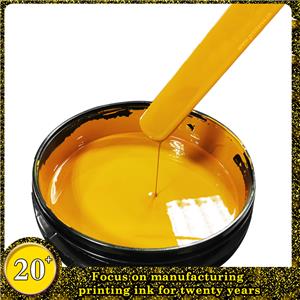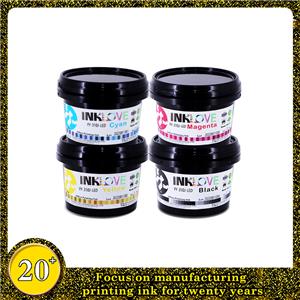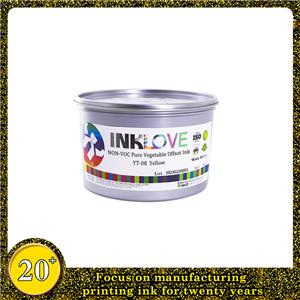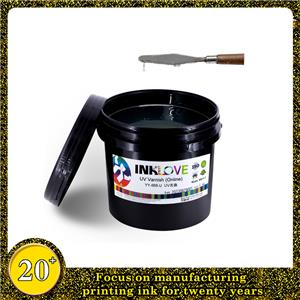Monochrome printing requirements for ink
Monochrome printing requirements for ink
Perhaps in the eyes of ordinary people, monochrome sample printing is much simpler than color sample printing, and the requirements for ink will be relatively low. In practice, the printing staff pointed out that the requirement of printing ink for single-color sample printing is not low, and the modulation of ink has a great influence on the quality of single-color sample printing.
Since the polar absorption of the ink is stronger, the emulsification will be promoted, and the higher the viscosity of the ink will increase its cohesion, that is, the viscosity will strengthen the adhesion between ink molecules. Therefore, when printing a single color sample, the water resistance must be strengthened, and the ink viscosity must be adjusted during the printing process to achieve suitable printability, which affects the emulsification of the ink. Professionals will properly control the amount of ink when blending the ink. Generally, the mixed ink not only dilutes the ink, but also increases the fluidity of the ink, reduces the viscosity, and weakens the cohesion between the molecules, which affects the ink’s ability to engage in water and will cause emulsification. produce.
From the point of view of the nature of the pigment in the ink, the quality of the pigment used in various inks with different colors is different, which determines the difference in their emulsification value. For example, the ink made with carbon ink pigment has a small emulsification value and is not easy to emulsify. This is mainly due to the good hydrophobicity of carbon ink. For the ink made of lake pigments, because the extender pigment aluminum hydroxide, aluminum barium white and other pigments are hydrophilic, the ink structure is easily destroyed during the printing process, and the pigment particles may act as an emulsifier, resulting in the ink emulsification.
As for the influence of auxiliary materials in monochromatic sample printing. In the ink, auxiliary materials such as drier, spreading liquid, lightening agent, etc. are generally added. The main component of the drier is metal soaps and residual water-soluble salt substances. It has strong hygroscopicity and also Acts as a powerful emulsifier. Adding a certain amount of drier to the ink can accelerate the drying of the oil. However, excessive addition will also have a negative effect, which can cause the ink to emulsify and reduce the ink drying speed.
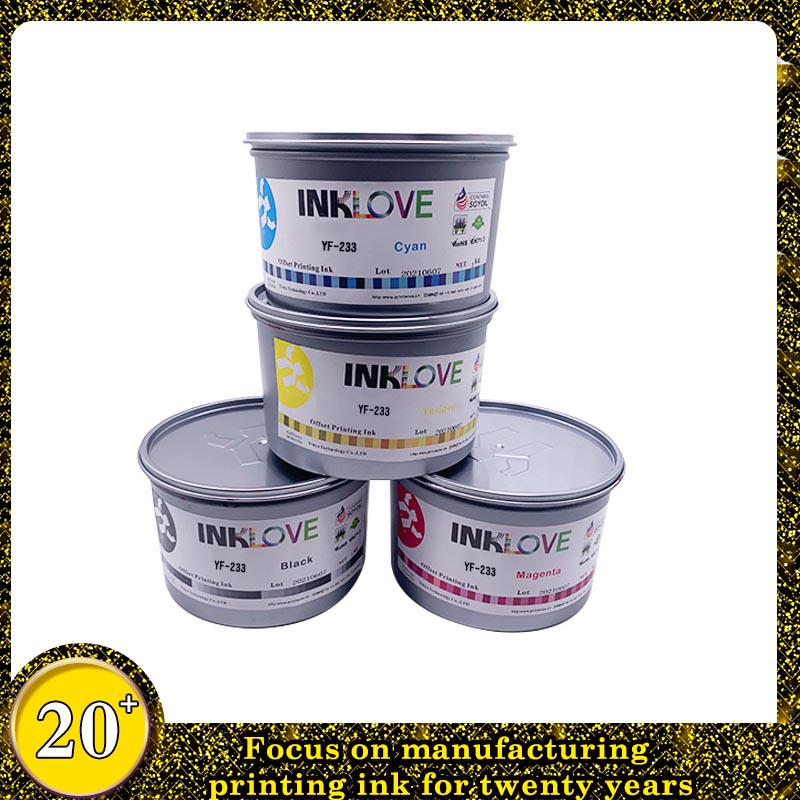
Inklove YF-233 Offset Printing Ink:
*High Gloss
*Water and Rub Resistance
*High Color Density and Quick Dry
*Environmental Protection
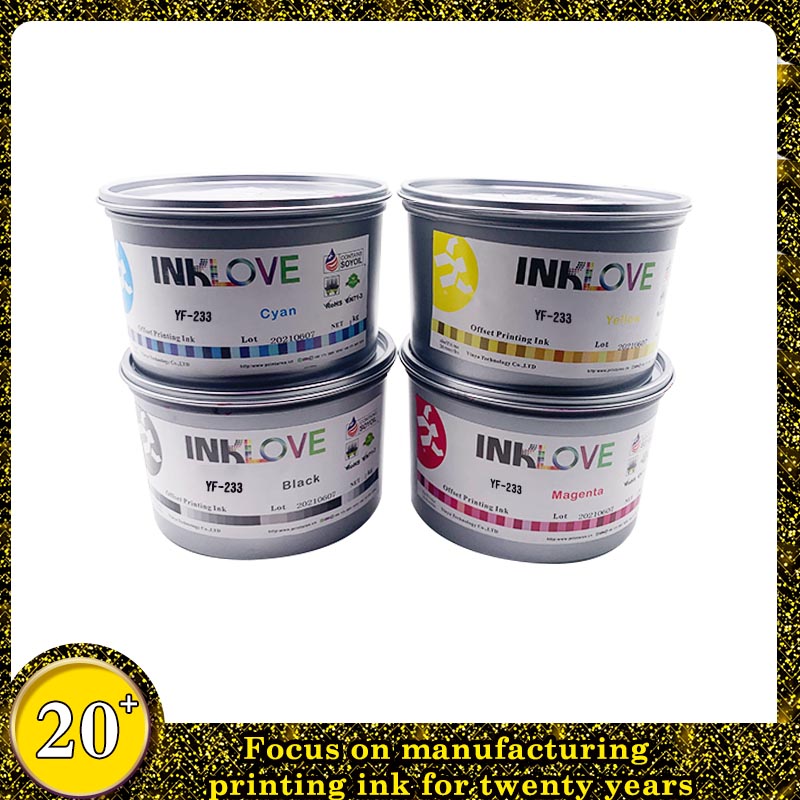
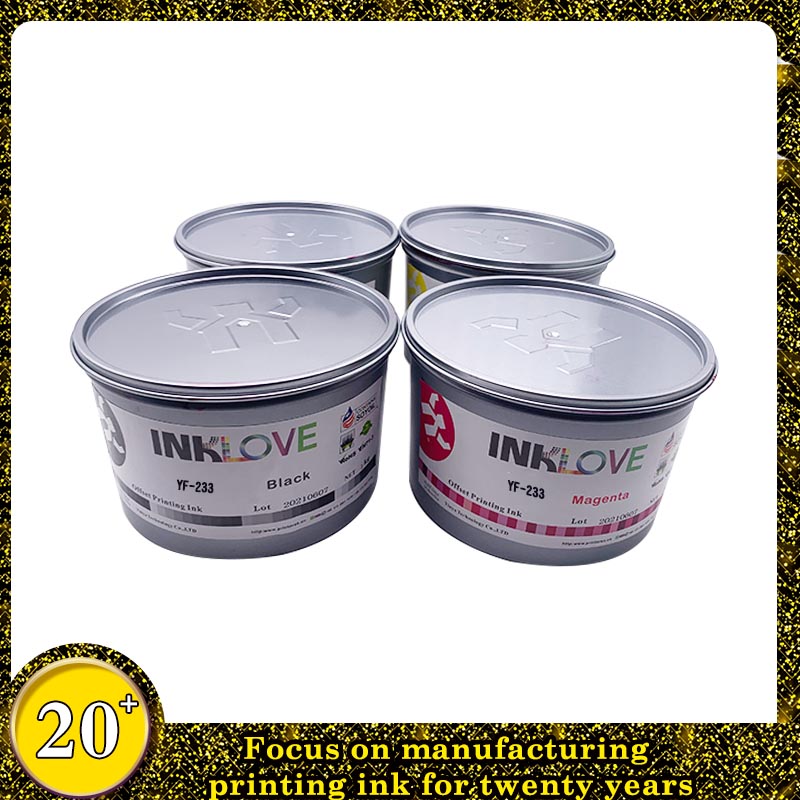
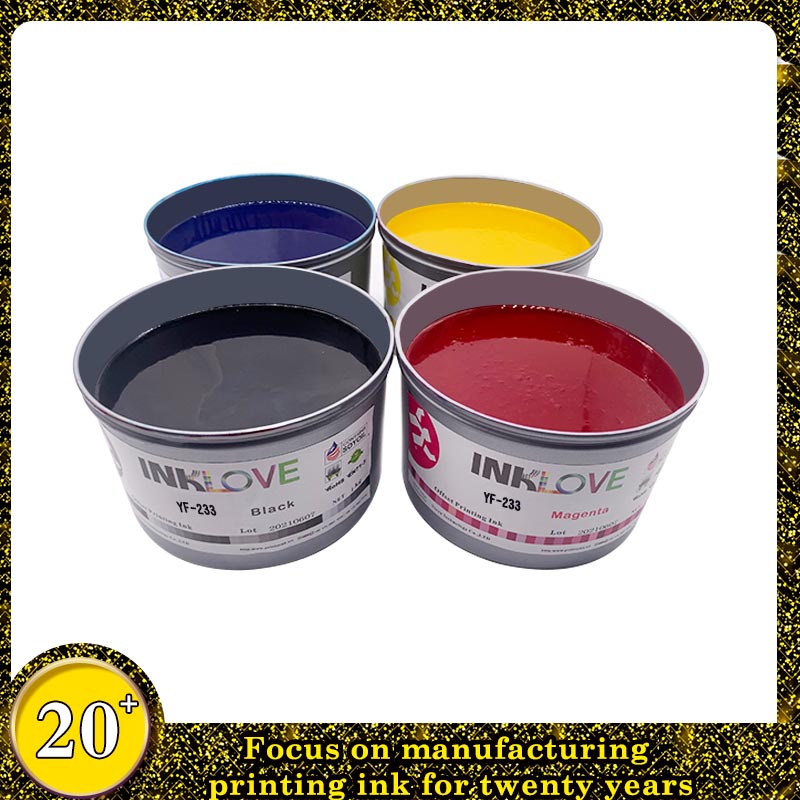
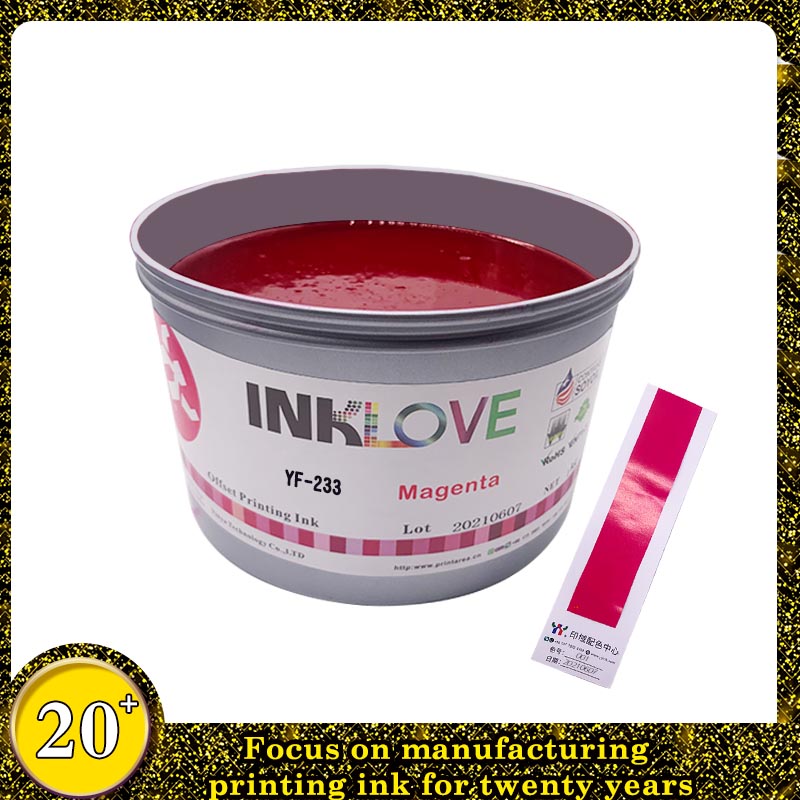
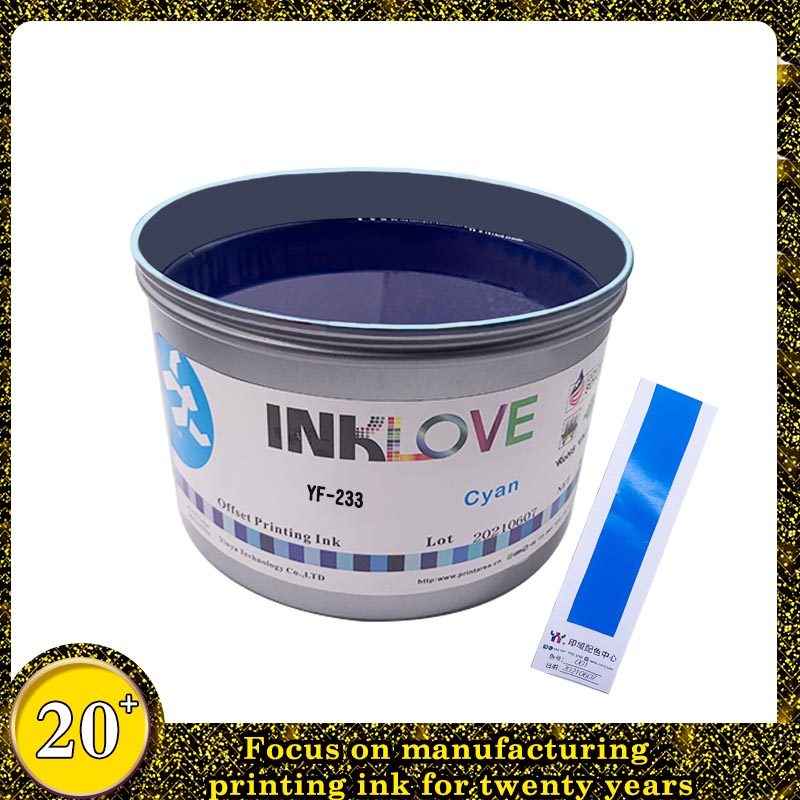
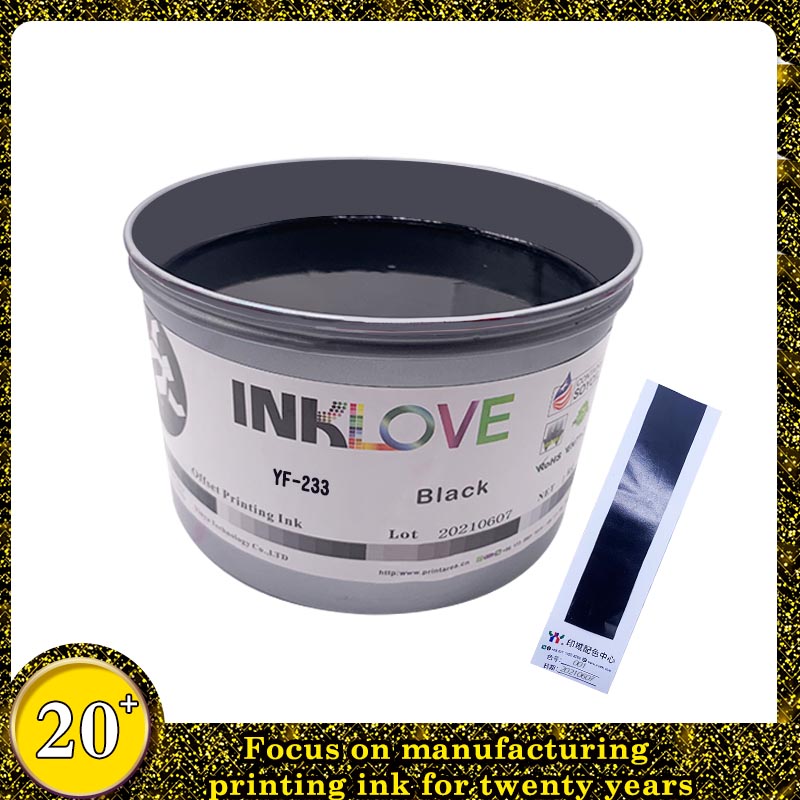
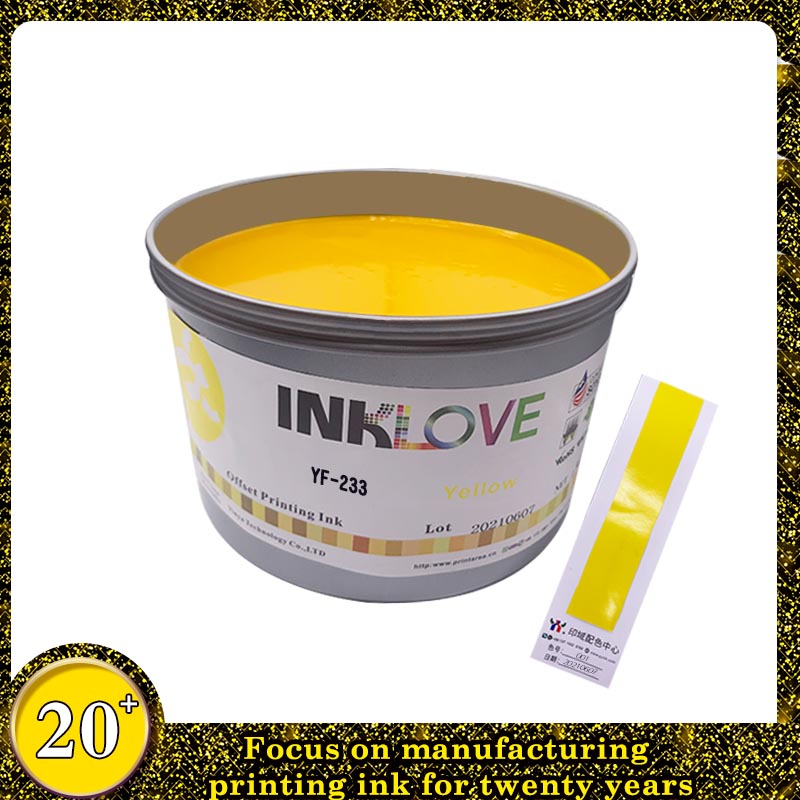
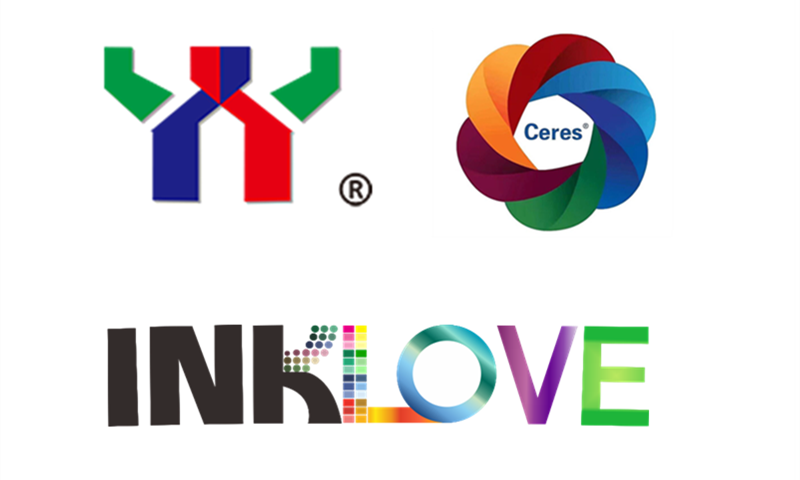
<img src="https://img.waimaoniu.net/2525/2525-202109141644195299.jpg" style="width: 800px;" width="800" border="0" vspace="0" title="uv offset ink""/>

